Using the principles of photography, the machining process of photochemical etching may shape a piece of sheet metal and transform it into a finished good or component. Read More…
The MET Manufacturing Group, LLC process offers many technical & financial advantages in manufacturing various flat metal components. Try this precision etching, non-mechanical process for competitively priced, burr & stress free sheet metal products, up to 62 mil (.062”) thick. Our photo-chemical machining process is also known as photo-fabrication, photo etching, chemical milling & acid...
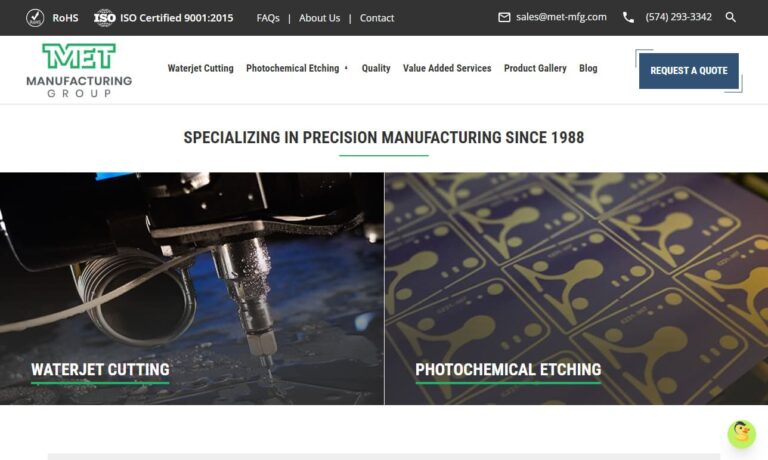
Etchit is your high-quality solution for custom-manufactured precision metal parts and components. We use photochemical machining to make products for such industries as aerospace, audio, automotive, computer, circuit board, decorative and fastener. Does your product need photo etching processes?
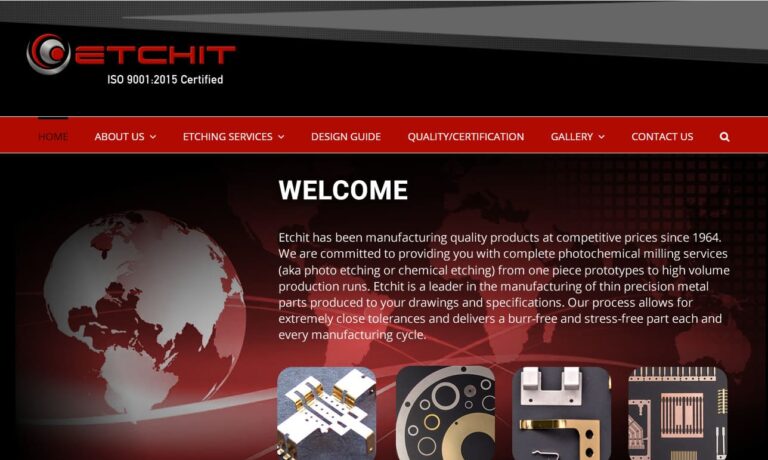
VACCO is the industry leader of Photo Chemical Etching of metal & polyimide components and devices. We specialize in Stainless steel, Titanium, and Copper, but work with a variety of different materials. We have over 60 years of experience in Chem Etching, and we offer Micro Laser Cutting & Welding, and Diffusion & Adhesive Bonding services along with an extensive range of value-added services. ...
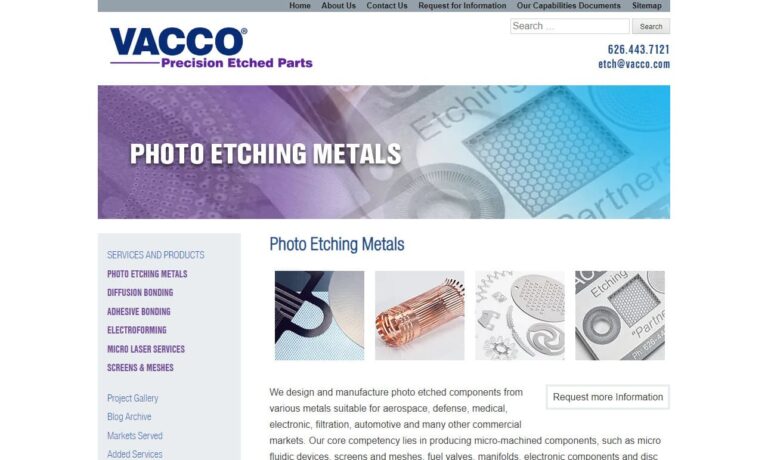
Great Lakes Engineering is a trend setting manufacturer of surface mount stencils, precision laser cut parts, and photo chemical etched parts. We work with a wide range of materials, including Stainless Steel, Copper, Titanium, Nitinol, Nickel, Kovar and many others.

More Photochemical Etching Companies

Photochemical Etching Process
During the photochemical machining (PCM) or photochemical milling process, a pattern is applied to a metal workpiece using photoresist imaging. Components are removed in the desired places by invoking selective corrosion using this pattern.
The manufacturing of medical devices, the aerospace and automotive industries, and life sciences are among the market segments that frequently use photochemical etching. Additionally, items made in this manner like circuit boards are found in electrical gadgets and parts.
Photochemical Etching Steps
- Prepare the metal. Choosing the sheet thickness and type—typically titanium, steel, aluminum, or copper—is the first step in preparing the metal. Different alloys provide different levels of corrosion resistance. After decontaminating the surface of any grease or particles, preparation proceeds by cutting the workpiece to the right size and form for the job.
-
Create the photo tool. The overlay for photoresist imaging is created with an initial CAD drawing, and once it is complete, it is printed onto the polymeric film-based photo tool. This action also involves undercutting. The photochemical process will have a greater footprint than the intended pattern when it begins to work. To get the proper dimensions, the digital drawing and photo tool must be greater than the desired size.

- Laminate the metal. The third step entails applying a photoresist film on the sheet metal. The photo-sensitive components and photo-initiators are situated in this polymeric layer.
- Print, expose, and develop. The sheet metal workpiece is coated with a photoresist layer while the image from the CAD drawing is transferred onto the photo tool with the required shape. UV radiation is applied in this step. Any areas of the sheet metal not covered by the photo tool undergo polymerization due to the chemical reaction that the photoresist coating initiates. The patterned metal is "developed" in this step, as was implied by the image comparisons. The regions of the previous stage that did not undergo polymerization have softened and are now washable with an alkaline solution. The freshly formed workpiece is left behind because the remainder of the pattern remains unaffected.
- Inspection, stripping, and etching. Finally, the metal is etched, which removes the softened metal. Specialists use a chamber and spray equipment to administer an etching solution. It swiftly dissolves the weakened material and leaves behind the desirable "developed" component of the pattern by engaging in an atomic-level reaction with the metal. Applying yet another alkaline solution to the surface during the final step of stripping will remove the photoresist film from the surface. Once more, visual checks and extremely accurate measurements guarantee that the pieces fulfill the required criteria.
Benefits of Photochemical Etching
The main advantage of photochemical machining or etching over other processes is the high level of precision it can produce. Numerous specialized items and parts are too thin and intricate to be produced in any other way. With tolerances of about 10 microns, modern photochemical etching may create features as fine as 25 microns in size.
For the thinnest thin-gauge items, photochemical etching is a better option than metal stamping, water jet cutting, punching, and EDM (electrical discharge machining) due to its accuracy and detail. Manufacturers and customers profit from the process' high speed and low cost in comparison to other methods, in addition to its high degree of precision.
The following are additional advantages of photochemical machining:
- Quick prototyping
- Rapid design modifications during mass production
- No burrs or sharp edges
- Hours-long turnaround time
The workpiece thickness is the only restriction on the usefulness of photochemical milling. The raw material can only be up to 6 millimeters thick, sometimes even less in the case of copper, depending on the chosen metal. For higher thicknesses, other methods may be necessary, such as punching, waterjet cutting, or a combination of these techniques. Despite these restrictions, the level of sophistication or detail in completed photochemically machined objects is essentially unbound.
Photochemical Etching Practical Applications
Given that photochemical etching originated in the production of printed circuit boards, it is not surprising to find applications for it in various sectors. Additionally, due to the digital revolution, every organization now conducts business online, and the Internet of Things (IoT) has upgraded billions of mechanisms, appliances, and other items. This means that processing power is needed everywhere on Earth.
However, photochemical etching is more than just useful for manufacturing big data and high-end computer applications. Others incorporate:
- Aerospace and automotive
- Medical devices and implants
- Household and commercial appliances
- Fuel cells and motors
- Custom seals and gaskets
- Screens and extremely fine filters
- Home and yard décor
- Semiconductors, computer processors, and sensors
- Electromagnetic (EM) and radiofrequency (RF) shields

Conclusion
Although photochemical etching is still regarded as an unconventional manufacturing method, this is gradually changing due to the process' expanding deployment and growing variety of applications. 3D printing, which is starting to experiment with nanoscale production, has both characteristics.
Choosing the Right Photochemical Etching Company
To make sure you have the most productive outcome when purchasing Photochemical Etching from a Photochemical Etching Supplier, it is important to compare at least 4 Companies using our Photochemical Etching directory. Each Photochemical Etching Manufacturer has a business profile page that highlights their areas of experience and capabilities and a contact form to directly communicate with the manufacturer for more information or request a quote. Review each Photochemical Etching company website using our patented website previewer to get an idea of what each company specializes in, and then use our simple RFQ form to contact multiple Photochemical Etching companies with the same quote.





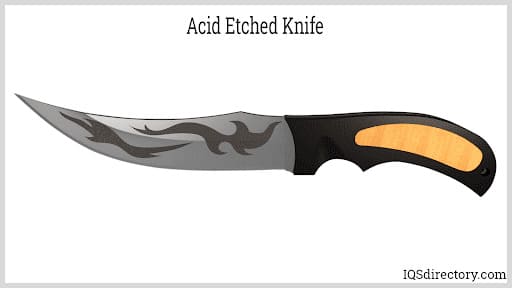
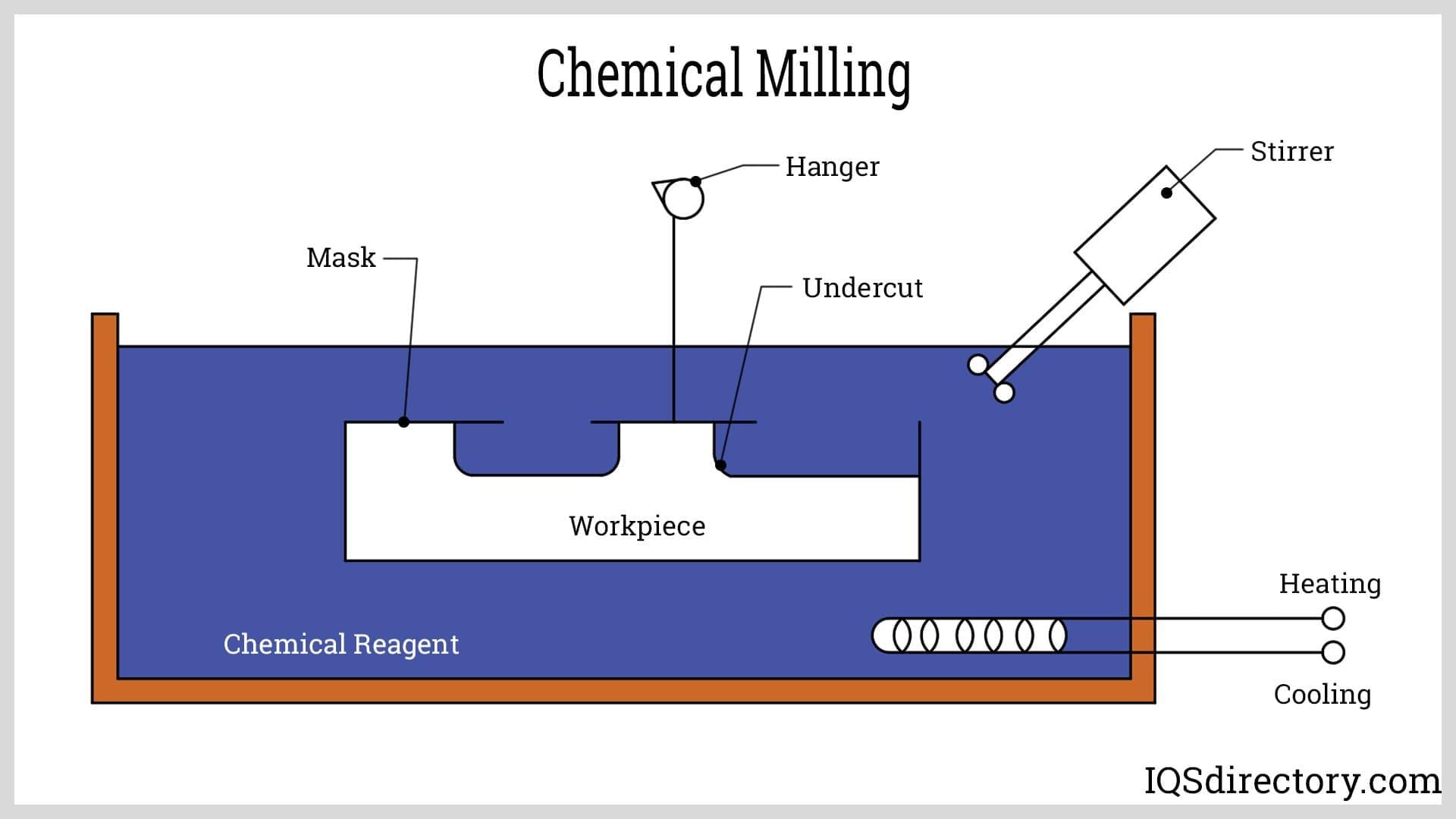
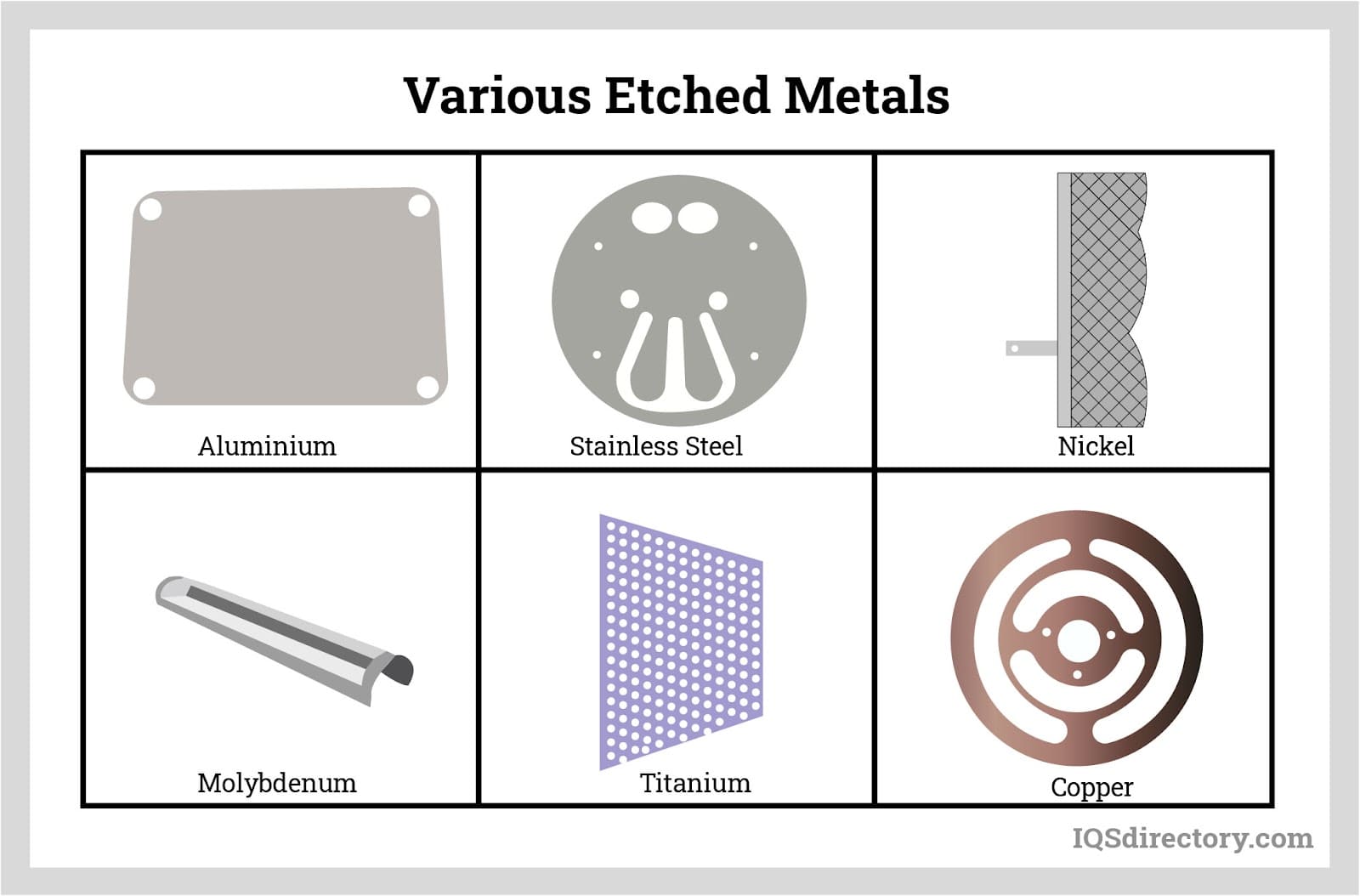
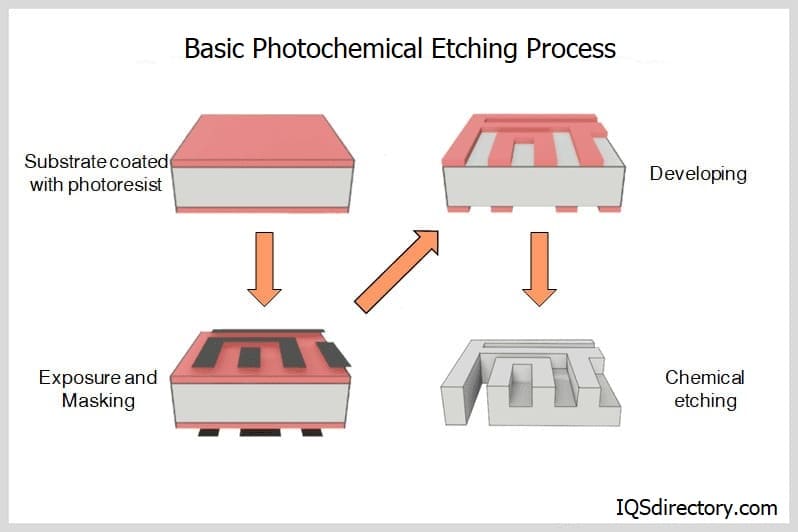
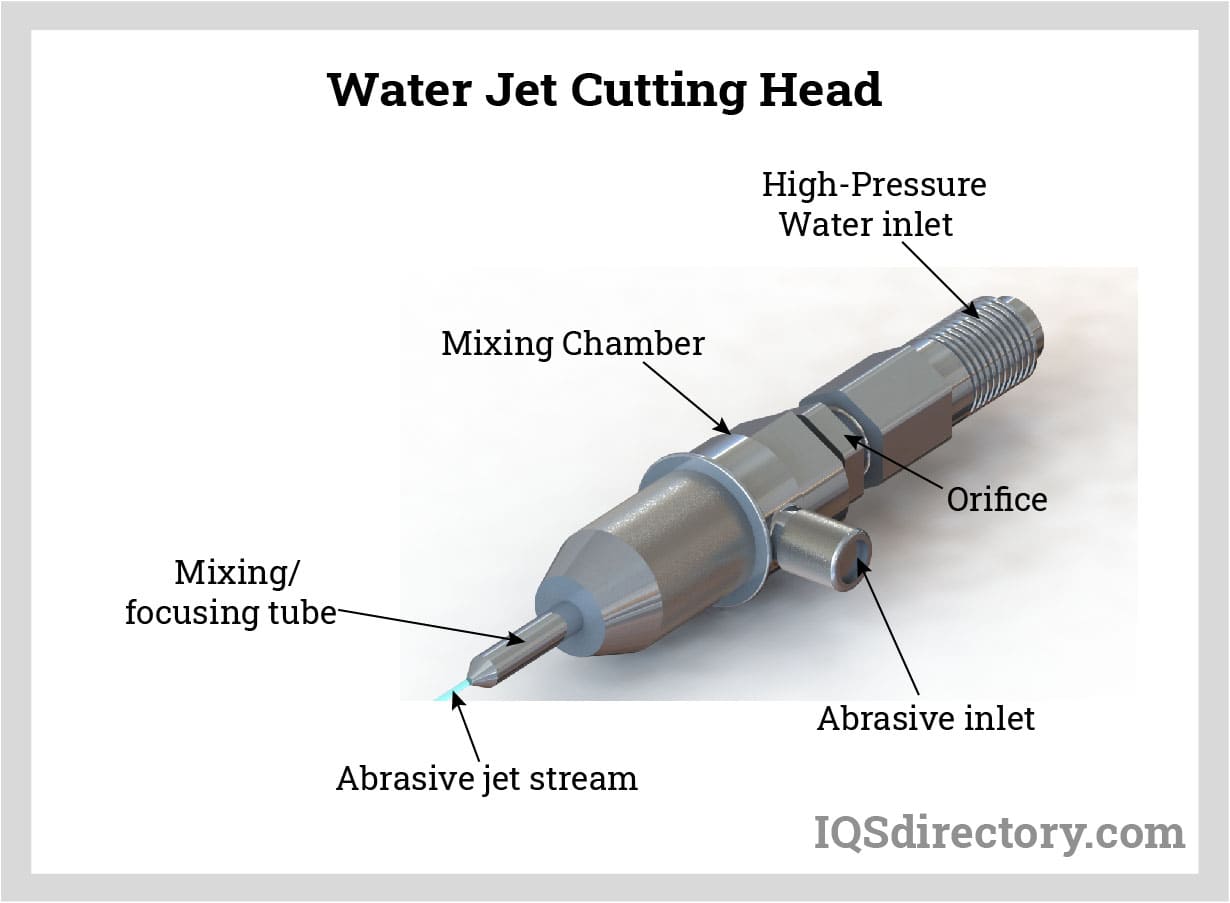
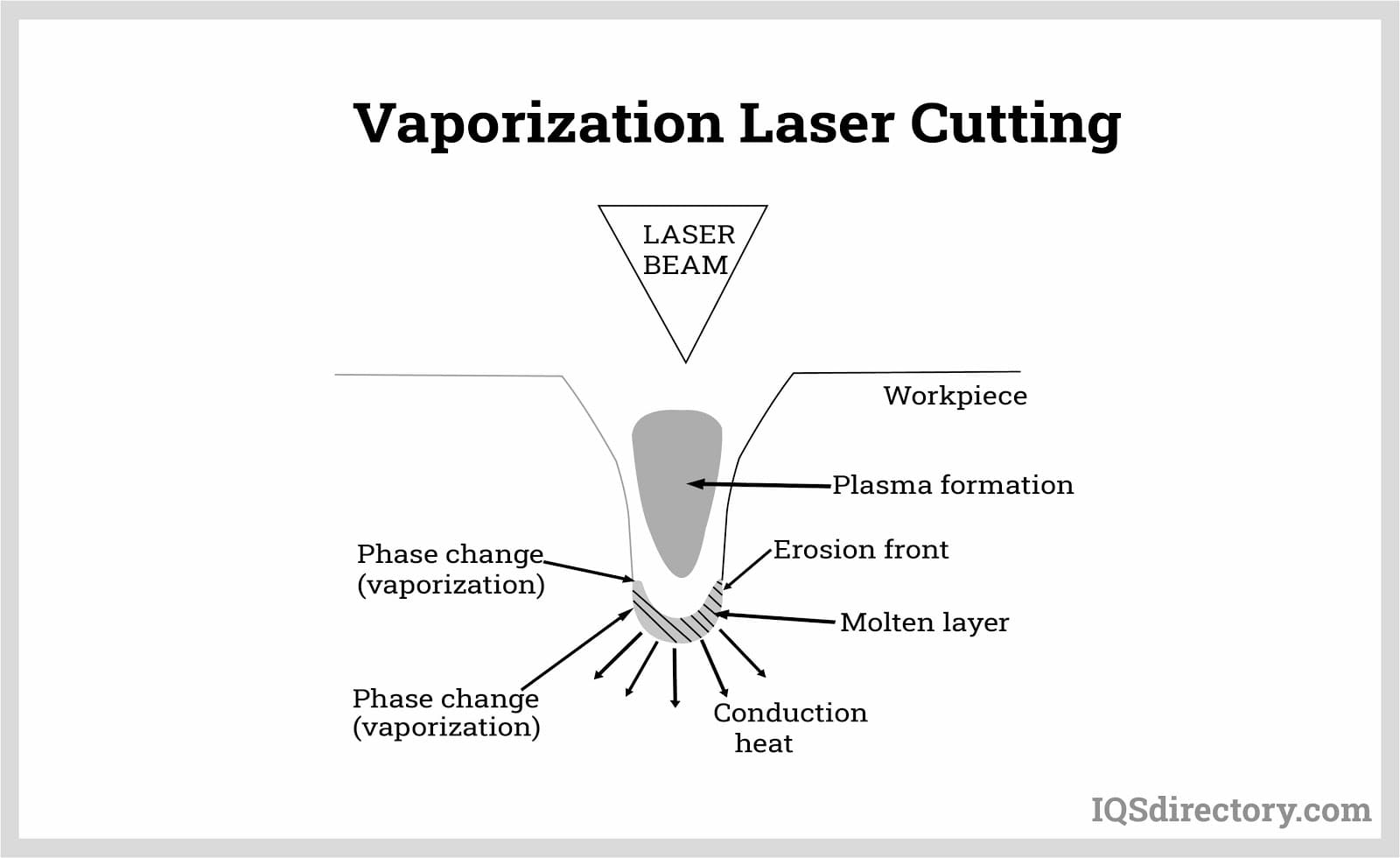
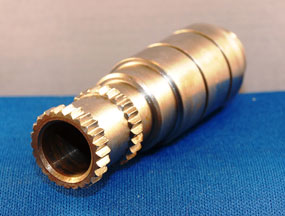 Broaching
Broaching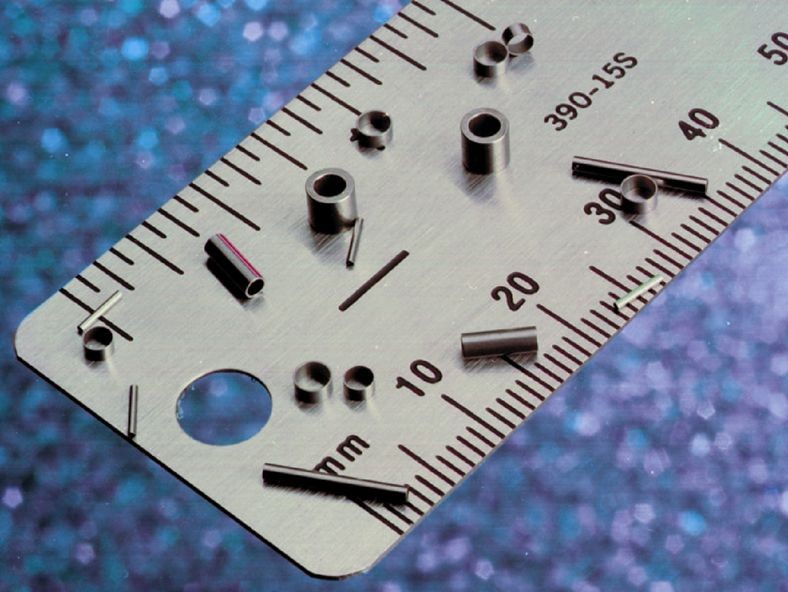 CNC Machining
CNC Machining Expanded Metals
Expanded Metals Laser Cutting
Laser Cutting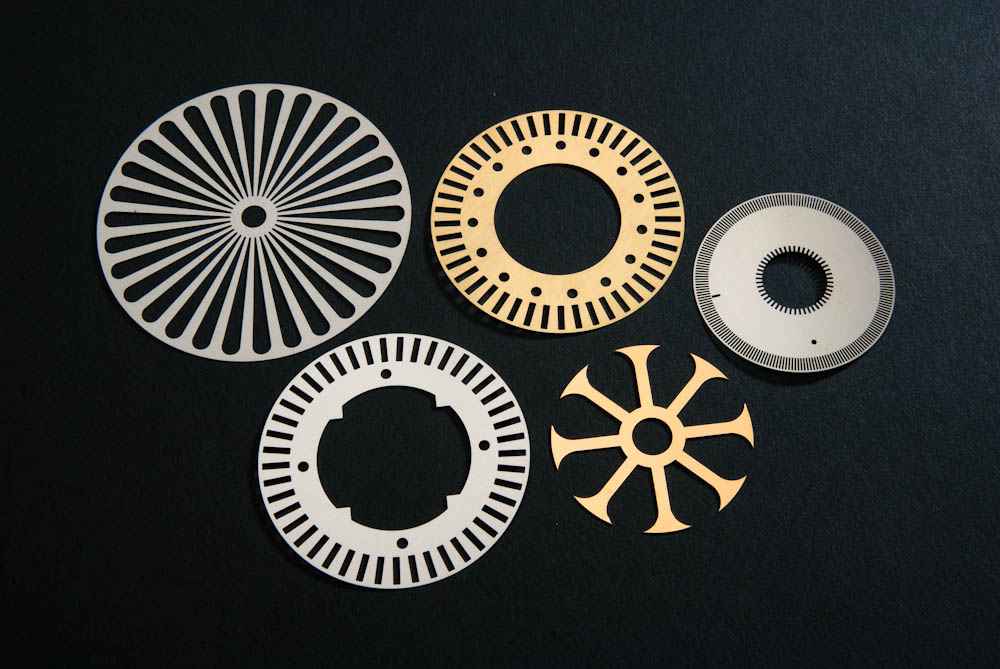 Metal Etching
Metal Etching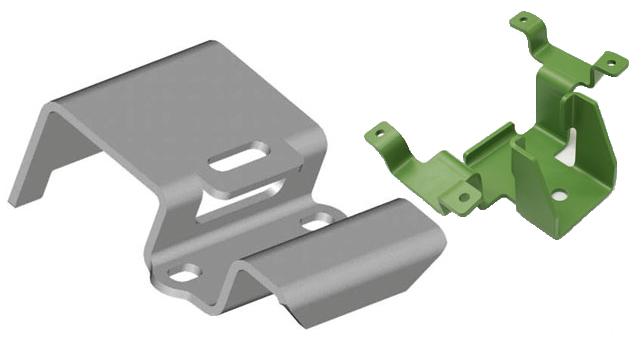 Metal Fabrication
Metal Fabrication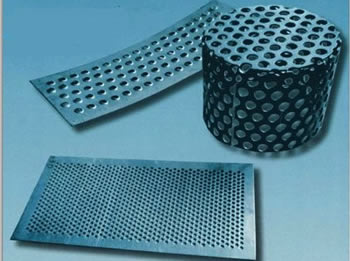 Perforated Metals
Perforated Metals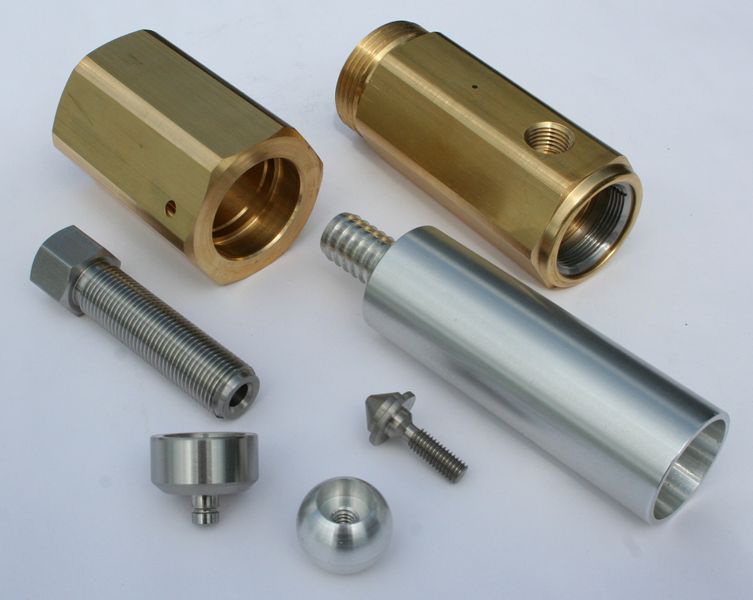 Screw Machine Products
Screw Machine Products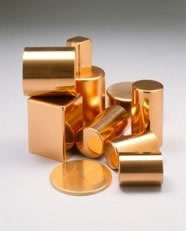 Metal Stampings
Metal Stampings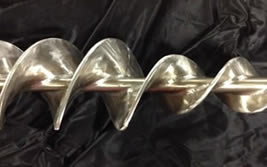 Sheet Metal Fabrication
Sheet Metal Fabrication Tube Fabrication
Tube Fabrication Water Jet Cutting
Water Jet Cutting Castings & Forgings
Castings & Forgings Bulk Material Handling
Bulk Material Handling Electrical & Electronic Components
Electrical & Electronic Components Flow Instrumentation
Flow Instrumentation Hardware
Hardware Material Handling Equipment
Material Handling Equipment Metal Cutting Services
Metal Cutting Services Metal Forming Services
Metal Forming Services Metal Suppliers
Metal Suppliers Motion Control Products
Motion Control Products Plant & Facility Equipment
Plant & Facility Equipment Plant & Facility Supplies
Plant & Facility Supplies Plastic Molding Processes
Plastic Molding Processes Pumps & Valves
Pumps & Valves Recycling Equipment
Recycling Equipment Rubber Products & Services
Rubber Products & Services